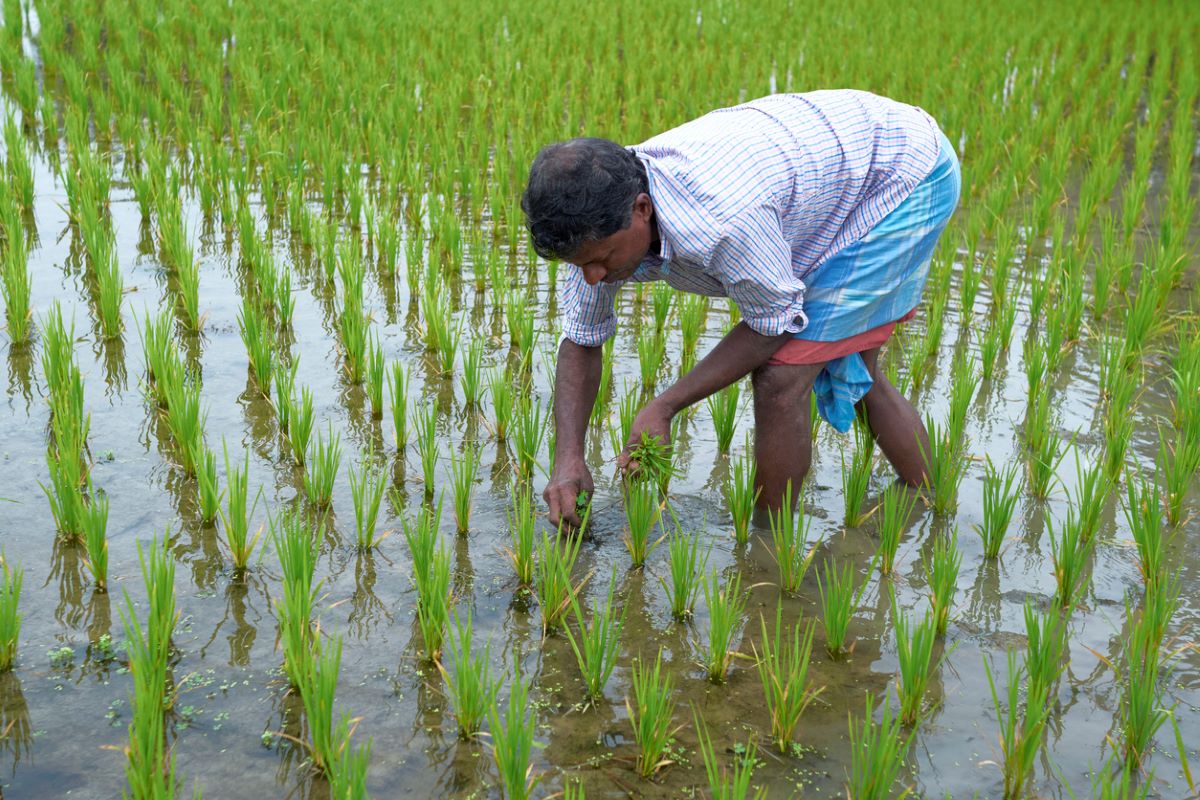Seeing is believing. And this is true in the context of farming. No lectures and talks about low-cost, eco-friendly solutions can have the same impact as actually seeing the success of such efforts on the farm of a neighbouring farmer. If this success has been achieved by a small farmer of limited means, then the impact is even greater.
It is in this context that the impact of some relatively smaller efforts to improve farming goes much beyond the number of farmers they have been able to reach.
Advertisement
In eastern Uttar Pradesh, the examples set by several women farmers, working on small farms and helped by the Gorakhpur Environment Action Group (GEAG), has inspired several others. When I met Prabhavati at her small farm in Dudhai village (Sardarnagar block), she was growing as many as 52 food crops in a year organically, providing year round nutritious food to her family and almost always having some crop ready for sale in the market to meet cash needs.
Ram Rati’s achievement was no less impressive. Using only organic methods she was growing 32 diverse food crops on one acre of land (apart from leasing another small plot of land), feeding her 11-member family all year and selling a part of the crop to bring in cash. At a time when there have been so many complaints about farmers not even being able to recover costs, calculations made on the basis of records kept by GEAG revealed her cost-earnings ratio to be 1:13.
In Vidarbha region of Maharashtra, from where there have been so many reports of acute distress of farmers, a project named Integrated Sustainable Agricultural Program or INSAP, implemented by YUVA-Rural, helped farmers in over 200 villages to reduce costs and improve net income significantly while spreading organic, eco-friendly farming methods.
In the villages of Washim and Akola districts that I visited, farmers happily talked about the improving prospects of their farms even though reports of distress were being received from other parts of the region. A key factor was the ready availability of a technology which reduced costs significantly while maintaining productivity and protecting the environment.
Sunjay Bhagat, a farmer of Washim district, said that he had incurred debts in his earlier high cost, chemical-intensive farming and had lost all hope in life. It was at this stage that he heard about INSAP and decided to give it a try. As his first experiments yielded good results, he was greatly encouraged and giving up all depressive thoughts, he worked with dedication on his farm. The results were so good that he can soon became a campaigner for INSAP, taking its message of environment-friendly, lowcost farming to more villages and farmers.
No matter how good such efforts, the landless generally cannot benefit from them. The ABSSS, working in Patha area of Bundelkhand among Kol tribals who were toiling in conditions of near bondage, gave highest priority to obtaining actual occupation of land which they had been allotted under the land reform programme but had not been able to cultivate for years. Success in this as well as in bonded labour abolition created the conditions in which landless workers, some of them bonded, could emerge as small farmers. The next stage was to take up water conservation work (which won a national level award as well) with community participation and now even the poorest of the poor could benefit from small irrigation works to obtain good productivity on their land.
More recently in the same Bundelkhand region, a voluntary organization named Srijan has teamed up with five other organizations (CARD, Arunoday, ABSSS, HARTIKA and YKVM) to create a consortium for implementing a programme called the Bundelkhand Initiative for Water, Agriculture and Livelihoods. Aimed at securing sustainable livelihood improvement and enhancement of income of about 118,000 farmers in 1,000 villages of nine districts, this programme has already reached about 30,000 farmers.
Some of its highlights so far have been the properly planned digging of pits (dohas) in rainwater channels or nullahs to conserve water for use over a longer time, renovation of existing water sources, spread of cost reducing and sustainable farming technologies, setting up about 170 centres in various villages as hubs for such farming practices, creating small forests based on dense growth of mixed indigenous species of trees, kitchen gardens, miniorchards and multi-layer vegetable gardens. Several farmers with very small plots of land have also been able to increase their income significantly by growing multi-layer vegetable farms.
Most of these efforts have given special attention to the needs of small farmers and to their need to keep down costs of cultivation. This attracts a lot of farmers as the need for reducing costs significantly while maintaining productivity is felt acutely by most of them. In fact, several dedicated farmers have even managed to improve productivity while reducing costs. The fact that ecologically protective farming methods are at the same time strengthening the base of farming in the form of improved soil and water conservation holds out the promise of even better progress in years to come. Such efforts should be encouraged by the government and the lessons emerging from such work of proven success and promise can help to improve government programmes which have a much wider reach.
(The writer is Honorary Convener, Campaign to Save Earth Now. His recent books include India’s Quest for Sustainable Farming and Healthy Food, A Day in 2071 and Man over Machine.)











